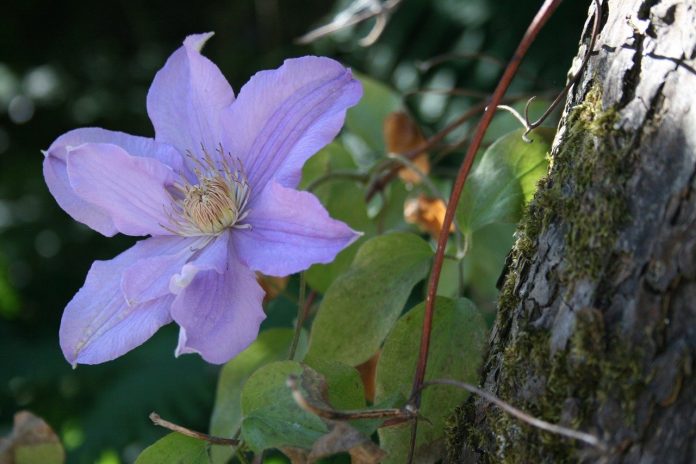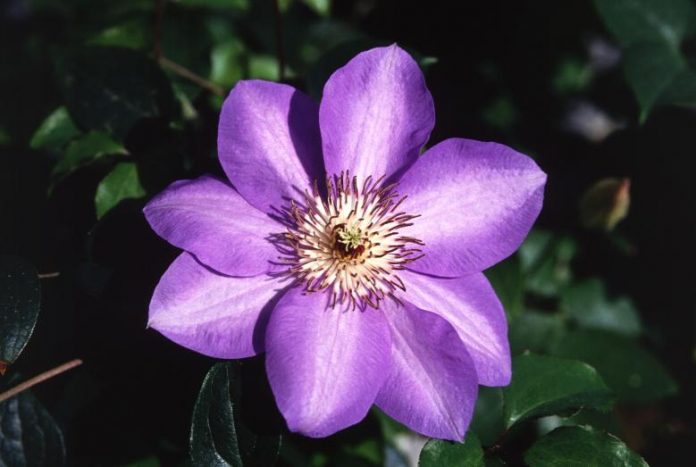Clematis hybrids for cutting, use the woody deciduous vine and herbaceous perennial forms zones 4–10. Part of plant used: Z fresh Height: various Fragrance: rare, although ‘Fair Rosamond’ smells noticeably of primroses and Clematis ‘Alba’ (Integrifolia group) has a spicy scent Clematis has long been grown as an indispensable feature in all styles of gardening. Experimentation by Chalk Hill Clematis of Healdsburg, California, has revealed that many of the large-flowered hybrid vines (LFH) and the taller herbaceous perennial cultivars make superior cut flowers. Colors are everything except orange and bright true yellow in the LFH cultivars.
Garden availability: May through October
Clematis hybrids culture for cutting: FS, MS Clematis wants to be regularly fed. In the ground, use a “rose and flower” food, 4-6-2 or similar, which can be used often and will not burn the plants. Do not fertilize a large-flowered hybrid that has already formed its flower buds; wait until it is through with the impending flush of bloom before fertilizing again. Clematis with stripes or pale colors is best grown in partial shade.









